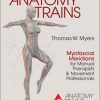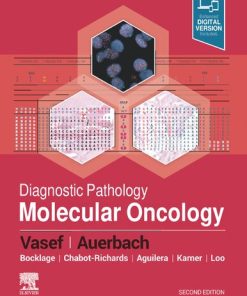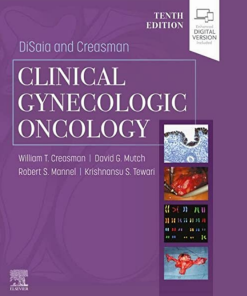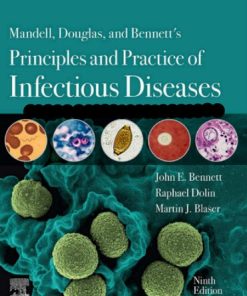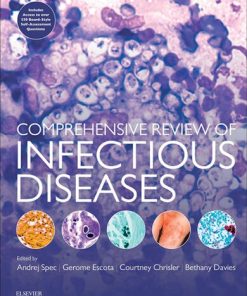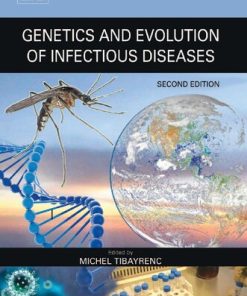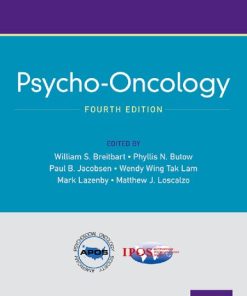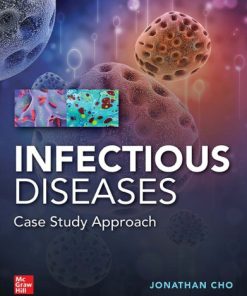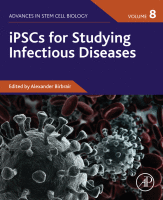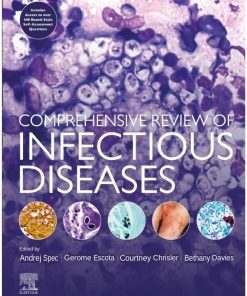Pediatric Transplant and Oncology Infectious Diseases 1st Edition by William Steinbach 0323642004 9780323642002
$50.00 Original price was: $50.00.$25.00Current price is: $25.00.
Pediatric Transplant and Oncology Infectious Diseases 1st Edition by William J. Steinbach Md – Ebook PDF Instant Download/DeliveryISBN: 0323642004, 9780323642002
Full download Pediatric Transplant and Oncology Infectious Diseases 1st Edition by William J. Steinbach Md after payment.
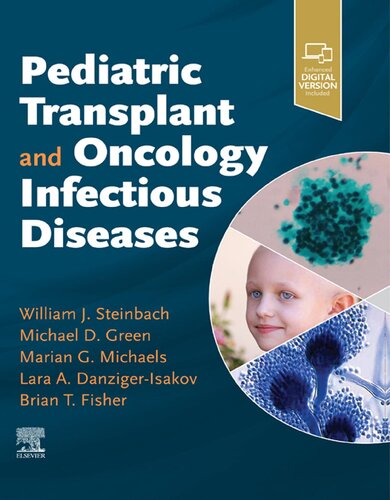
Product details:
ISBN-10 : 0323642004
ISBN-13 : 9780323642002
Author : William J. Steinbach Md
Pediatric Transplant and Oncology Infectious Diseases
Pediatric Transplant and Oncology Infectious Diseases 1st Table of contents:
SECTION 1. General Immunocompromised Host Infection Principles
1. The surgical and immunosuppressive basis for infections in the pediatric solid organ transplant recipient
Surgical considerations
Immunologic overview
Components of the immune system
Rejection
Current outcomes
Immunosuppressive medications
Conclusion
References
2. Immunologic recovery and basis for infections in the pediatric hematopoietic stem cell transplant recipient
Infection risk by fixed time periods after transplantation
Timing of immune reconstitution after hematopoietic stem cell transplantation
Autologous hsct as a model for immune reconstitution
Factors affecting immune reconstitution, autoreactivity, and alloreactivity
Assessment of immune reconstitution
Improving immune reconstitution after HSCT
Summary
References
3. Cancer and antineoplastic therapies and the risk of infection in the pediatric cancer patient
Infectious risk assessment in oncology patients
Disease-specific infectious risks
Infectious risks associated with anticancer therapies
References
SECTION 2. Common Immunocompromised Host Infection Situations
4. Infectious disease evaluation of infants and children awaiting solid organ or hematopoietic stem cell transplant
Basic principles of the infectious disease pretransplant evaluation
General approach to pretransplant immunization
Special considerations for extremes of age
References
5. Donor screening and donor-derived infections
Anticipated and unanticipated donor-derived infections
Regulatory oversite of donor screening and reporting of donor-derived infections
Lessons learned
Educating candidates about donor-derived infections before transplant
Summary
References
6. Prevention of infections in the hematopoietic stem cell transplant recipient
Pretransplant evaluation
Vaccination
Prevention of bacterial infections
Prevention of invasive fungal disease
Prevention of viral infections
Prevention of other infections
References
7. Prevention of infections in the solid organ transplantation recipient
Pretransplant evaluation
Vaccination
Perioperative antimicrobial prophylaxis
Posttransplant prophylaxis and monitoring
Summary
References
8. Management principles for patients with neutropenia
Epidemiology
Evaluation
Management of bacterial infections
Invasive fungal disease management
Prophylactic strategies
References
9. Vaccination issues for transplantation and chemotherapy
General considerations
Solid organ transplantation
Oncology patients
Hematopoietic stem cell transplantation
Conclusion and future directions
References
10. Microbiome implications in transplantation and oncology
Microbiome and hematopoietic stem cell transplantation
Microbiome and oncology
Microbiome and solid organ transplantation
Knowledge limitations
Future directions
References
11. Antimicrobial stewardship in immunocompromised hosts
Goals of stewardship in immunocompromised hosts
Barriers to antimicrobial stewardship programs in immunocompromised children
Strategies and tactics for stewardship in immunocompromised hosts
Stewardship metrics in the transplant population
Conclusion and future research
References
12. Hospital infection prevention for pediatric transplant recipients and oncology patients
General principles
Importance of healthcare-associated infections surveillance
Pathogen-specific infection prevention strategies
Good practice recommendations
Infection prevention practices in specific immunocompromised pediatric populations
References
13. Safe living after transplantation or chemotherapy
Prevention of infections by direct contact
Prevention of respiratory infections
Water safety/exposure to Cryptosporidium
Food safety
Animal contact and pet safety
Returning to school
Recreational activities including travel
References
SECTION 3. Specific Infections in Transplant Recipients and Oncology Patients
14. Multidrug-resistant gram-negative infections in transplant and oncology patients
Common mechanisms of gram-negative resistance
Epidemiology and risk factors
Clinical manifestations of MDRGN infection
References
15. Bartonella, Legionella, Mycoplasma, and Ureaplasma
Bartonella
Legionella
Mycoplasma and Ureaplasma
References
16. Nontuberculous and tuberculous Mycobacterium
Mycobacterium tuberculosis infection
Nontuberculous Mycobacterium infection
References
17. Cytomegalovirus
Epidemiology and risk factors
Clinical manifestations
Disease prophylaxis and prevention
Diagnosis
Treatment
Infection prevention and anticipatory guidance
Conclusions
References
18. Epstein-Barr virus and posttransplant lymphoproliferative disorder
Epidemiology and risk factors
Prevention of Epstein-Barr virus infection and PTLD
Immunoprophylaxis
Diagnosis
Therapy for posttransplant lymphoproliferative disorders
References
19. Herpes simplex and varicella-zoster viruses
Herpes simplex virus in transplant and oncology
Varicella-zoster virus in transplant and oncology
Summary and future directions
References
20. Human herpesvirus 6, 7, and 8
Epidemiology and risk factors
Clinical manifestations
Diagnosis
Treatment
Infection prevention and anticipatory guidance
References
21. Respiratory viruses
Epidemiology and risk factors
Clinical manifestations
Disease prophylaxis/prevention
Diagnosis
Treatment
Infection prevention and anticipatory guidance
References
22. Adenoviruses
Adenoviruses
Epidemiology and risk factors
Clinical manifestations
Disease prophylaxis/prevention
Diagnosis
Treatment
Infection prevention and anticipatory guidance
References
23. BK and other polyomavirus associated diseases in children
Viral structure and life cycle
Epidemiology and risk factors
Clinical manifestations
Disease prophylaxis/prevention
Diagnosis
Treatment
Infection prevention and anticipatory guidance
References
24. Aspergillosis
Epidemiology and risk factors
Clinical manifestations
Disease prophylaxis/prevention
Diagnosis
Treatment
Infection prevention and anticipatory guidance
References
25. Mucormycosis, fusariosis, scedosporiasis, and other invasive mold diseases
Mucormycosis
Fusariosis and Scedosporiasis
Other invasive mold diseases
References
26. Candidiasis
Epidemiology and risk factors
Clinical manifestations
Disease prophylaxis and prevention
Diagnosis
Treatment
Infection prevention and anticipatory guidance
References
27. Cryptococcosis and other rare invasive yeasts infections
Cryptococcosis
Other invasive yeast infections
Trichosporon species infection
Rhodotorula species infections
Saccharomyces species infections
Geotrichum spp. infections
References
28. Histoplasmosis, blastomycosis, and coccidioidomycosis
Epidemiology of endemic mycoses
Histoplasmosis
Blastomycosis
Coccidioidomycosis
References
29. Toxoplasma gondii
Epidemiology and risk factors
Disease prophylaxis and prevention
Diagnosis
Treatment
Infection prevention and anticipatory guidance
References
30. Nocardia and Actinomyces
Nocardia
Actinomyces
References
31. Pneumocystis pneumonia
Epidemiology and risk factors
Clinical manifestations
Disease prophylaxis and prevention
Diagnosis
Treatment
Infection prevention and anticipatory guidance
References
32. Strongyloides, Cryptosporidium, and other parasitic infections
Strongyloidiasis
Cryptosporidium species
Chagas disease
Other intestinal parasites
References
33. Gastrointestinal viruses
Norovirus
Rotavirus
Astrovirus
Sapovirus
Adenovirus
Conclusion
References
34. Clostridioides difficile infection
Epidemiology and risk factors
Clinical manifestations
Treatment
Conclusion
References
People also search for Pediatric Transplant and Oncology Infectious Diseases 1st:
what is a pediatric oncology
most common cancer in transplant patients
transplant infectious disease jobs
transplant and oncology infectious diseases
pediatric transplant guidelines
Tags: Pediatric Transplant, Oncology Infectious, Diseases, William Steinbach
You may also like…
Medicine
DiSaia and Creasman Clinical Gynecologic Oncology 10th Edition William T. Creasman Md (Editor)
Medicine - Infectious diseases
Psychology - Clinical Psychology
Medicine - Infectious diseases
iPSCs for Studying Infectious Diseases (Volume 8) 1st Edition Alexander Birbrair (Ed.)
Medicine - Infectious diseases



